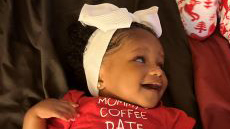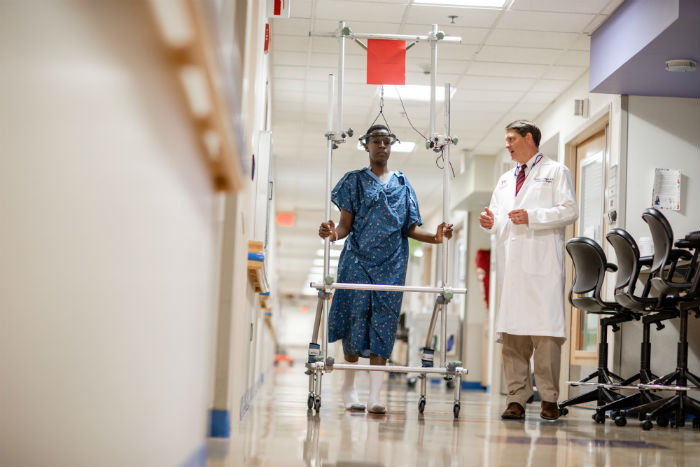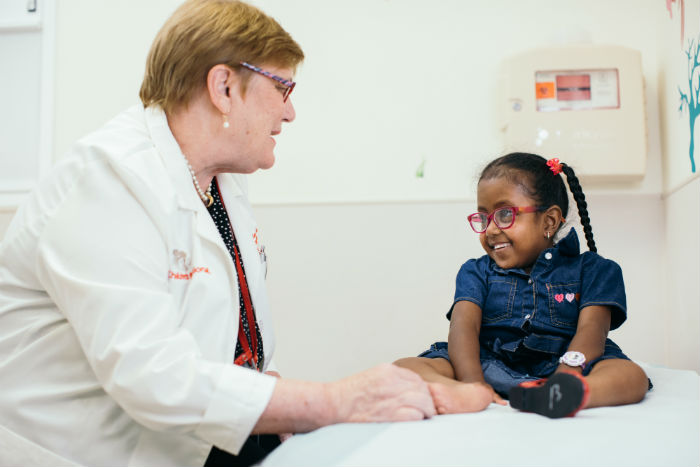Condition
Pediatric Osteogenesis Imperfecta
What You Need to Know
Osteogenesis imperfecta (OI), also known as brittle-bone disease, is a genetic (inherited) disorder characterized by bones that break easily without a specific cause. An estimated 20,000 to 50,000 people in the US have this disease. OI can affect males and females of all races.
Key Symptoms
Each child may experience symptoms differently depending on the form of osteogenesis imperfecta. Those symptoms include:
- Bones fracture easily
- Family history
- Near normal stature of slightly shorter
- Blue sclera
- Dental problems
- Hearing loss
- Triangular face
- Bone deformity
Diagnosis
Your child's pediatrician may request the following tests to diagnose your child:
- Complete medical history
- Physical examination
- Skin biopsy
- X-ray
- Examination of the ear, nose and throat
Treatment
Treatments for preventing or correcting symptoms may include the following:
- Care of fractures
- Surgery
- Rodding
- Dental procedures
- Physical therapy
- Assistive devices

Schedule an Appointment
Our pediatric specialists provide personalized care for your child’s physical, mental and emotional health needs. Meet the providers who treat osteogenesis imperfecta and schedule an appointment today.
Frequently Asked Questions
What causes osteogenesis imperfecta (OI) in children?
What are the symptoms of osteogenesis imperfecta in children?
How is osteogenesis imperfecta in children diagnosed?
What is the treatment for osteogenesis imperfecta in children?
How can I help my child manage osteogenesis imperfecta?
What is the long-term outlook for a child with osteogenesis imperfecta?
Justice's Story
Learn about how bisphosphonate infusions enabled experts from the Bone Health Program to strengthen Justice's bones and prevent future fractures.
Departments that Treat Osteogenesis Imperfecta

Orthopaedic Surgery and Sports Medicine
Ranked among the best in the nation by U.S. News & World Report, our pediatric orthopaedic and sports medicine teams are a top choice for spine deformities like scoliosis, bone health, orthopaedic surgery and other treatments.

Help Kids and Make a Difference
Invest in future cures for some of life's most devastating diseases. Give today to help more children grow up stronger.








